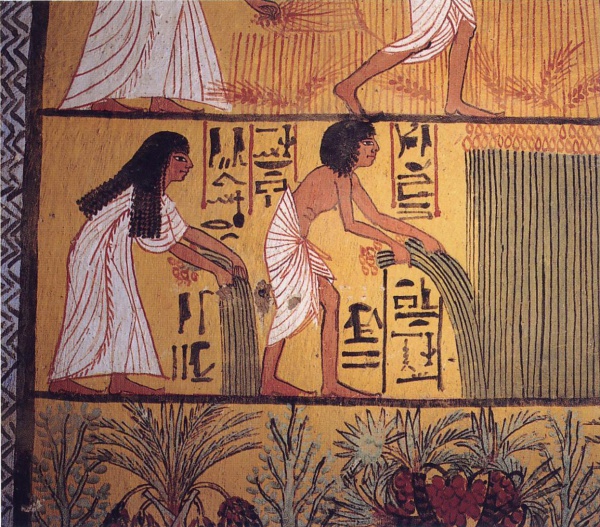Facts About Ancient Egyptian cuisine
Ancient Egyptian cuisine, which evolved over more than three thousand years, featured a variety of staples that remained consistent throughout the ages. The everyday diet of Egyptians included bread, beer, onions, and vegetables, with varying amounts of meat, game, and fish depending on social status and availability.
Social gatherings, particularly banquets, played a significant role in ancient Egyptian culture. Paintings from that era depict lively afternoon feasts where guests were seated according to their social rank. These events were not just about food; they also showcased entertainment such as dancers and musicians and often included offerings to goddesses like Hathor.
Bread was a cornerstone of the Egyptian diet, primarily made from emmer wheat. Over time, different baking techniques were developed to improve its quality and variety. Beer was another essential component, serving both as a nutritious beverage and a form of currency. The brewing process typically involved fermenting "beer bread" and using enzymes from sprouted grains to produce alcohol.
Fruits and vegetables played a significant role in their diet as well. Common fruits included dates, figs, and grapes, while a variety of legumes provided important nutrients.
Meat consumption depended largely on availability and affordability. Domesticated animals like cattle, sheep, and pigs were common sources of meat, despite Herodotus's claim that cows were sacred and not eaten. Archaeological evidence suggests that beef, mutton, and pork were consumed in significant quantities. Poultry, fish, and other protein sources like legumes and eggs also featured prominently in the diet. The Egyptians even enjoyed unique foods such as foie gras and had recipes for less common meats like sparrow.

 Libya
Libya